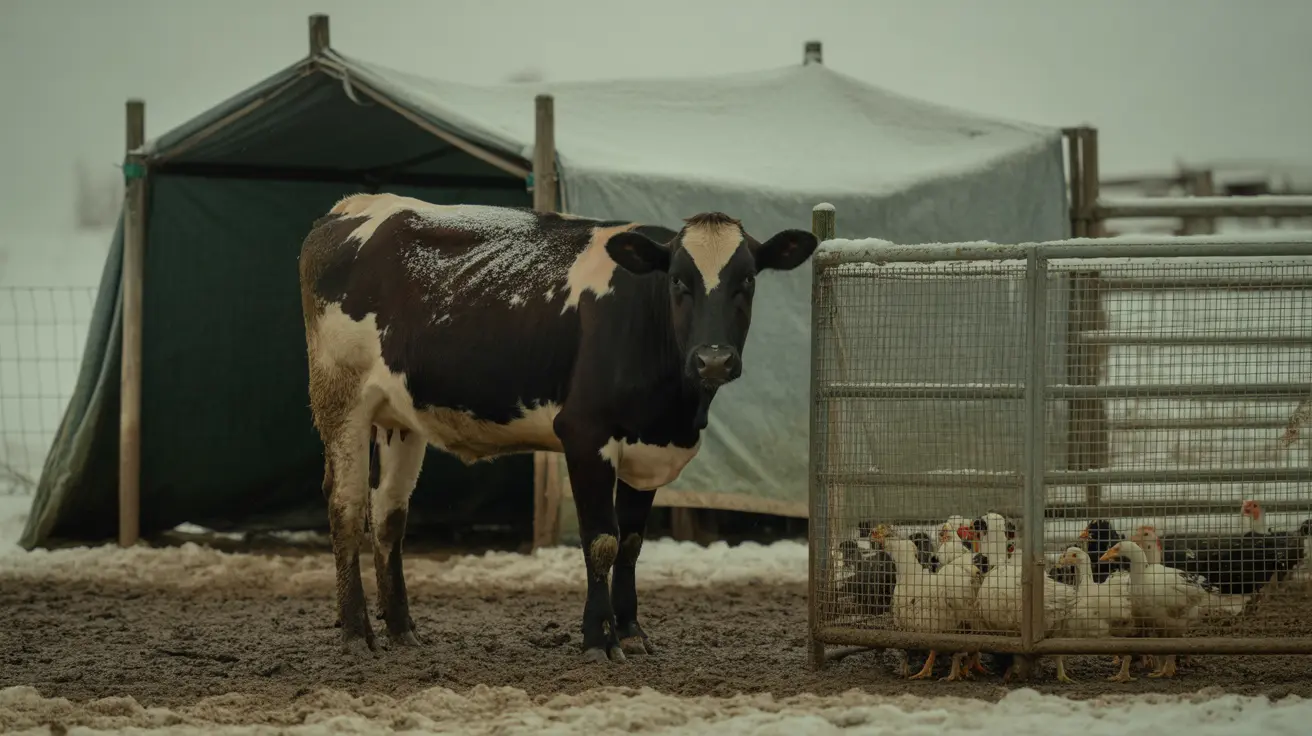Why Do Cats Love Milk and Should They Drink It?
Many cat owners have experienced their feline friend showing great interest in a bowl of milk. The classic image of a cat lapping up milk is deeply ingrained in popular culture. But why are cats so attracted to milk, and is it actually good for them?
The Fascination with Milk: Evolution and Taste
Cats are obligate carnivores, meaning their diet must be based on animal proteins. Despite this, milk seems to hold a strong appeal. The primary reasons for this attraction stem from:
- Fat Content: Milk contains fats and proteins that provide a strong aroma and taste, which cats find appealing.
- Curiosity and Behavior Reinforcement: Cats are naturally curious animals and may have learned that milk is a reward offered by their humans.
- Early Conditioning: Kittens nurse on their mother’s milk, creating an early association between milk and comfort. This might carry over into adulthood, even when lactose intolerance sets in.
Lactose Intolerance in Adult Cats
While kittens can digest milk thanks to the enzyme lactase in their intestines, most cats lose this ability after weaning. As a result, the majority of adult cats are
lactose intolerant. This means that:
- Milk stays in the digestive tract undigested.
- Bacteria ferment the lactose, leading to gas, cramps, and diarrhea.
- Repeated milk consumption can harm a cat’s digestive health.
So while your cat might crave milk, their body may not thank them for it.
Signs of Lactose Intolerance in Cats
If your cat has drunk milk and exhibits any of the following symptoms, lactose intolerance may be the reason:
- Vomiting
- Diarrhea
- Bloating
- Flatulence
- Abdominal discomfort
If these occur, it’s best to avoid giving milk again and consult your veterinarian.
Alternatives to Dairy Milk
Luckily, you don’t have to deny your cat an occasional creamy treat. There are safe alternatives, such as:
- Cat milk: Specially formulated lactose-free milk made for feline consumption.
- Bone broth: Rich and flavorful without dairy.
- Wet cat food: Often satisfies the craving for something moist and meaty.
These options provide hydration and flavor without upsetting your pet’s stomach.
Debunking the Myth
The image of cats and milk likely originated from farm life, where cats had access to fresh milk. In the past, raw milk had a higher cream content and less lactose, which may have made it somewhat easier for barn cats to digest. Modern processed milk, however, is higher in lactose and usually skimmed, making it more problematic for cats.
Milk's Nutritional Profile: Not Ideal for Cats
Although milk provides calcium and protein, its high sugar and lactose levels make it nutritionally
inappropriate for adult cats. Cats obtain all of their essential nutrients from a meat-based diet and do not require plant-based or dairy products.
When Milk Can Be Safe
If you want to indulge your cat, there are a few safe instances:
- Offering specially designed cat milk in small amounts as a treat.
- Ensuring your cat has no digestive upset afterward.
- Balancing any treat with a complete, meat-rich diet.
Even for healthy cats, milk should never be a staple but an occasional treat.
Key Takeaways
Why your cat loves milk:
- It tastes and smells rich in fats and proteins.
- It’s linked to comfort and early life feeding.
- It satisfies behavioral curiosity.
Why you should limit milk:
- Most adult cats are lactose intolerant.
- It can cause digestive issues.
- Nutritionally unnecessary.
Conclusion
Although cats may love the taste of milk, it’s not the best choice for their health. Understanding your cat’s dietary needs and learning how to offer safe treats can help maintain a strong bond without compromising their well-being.





